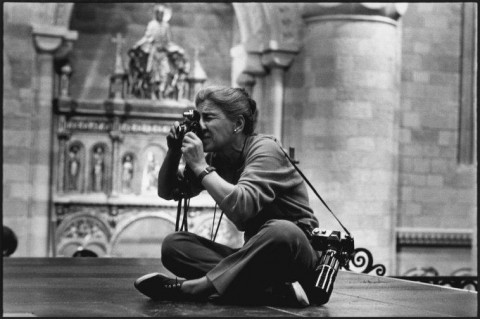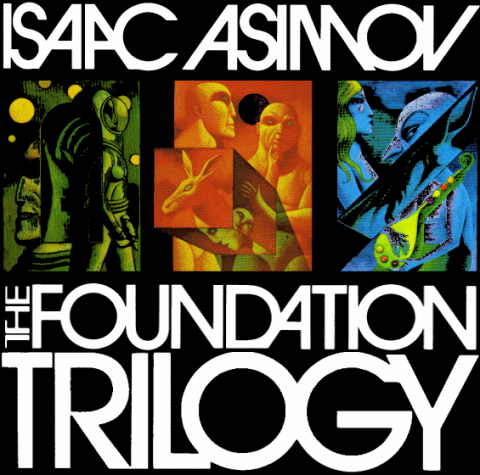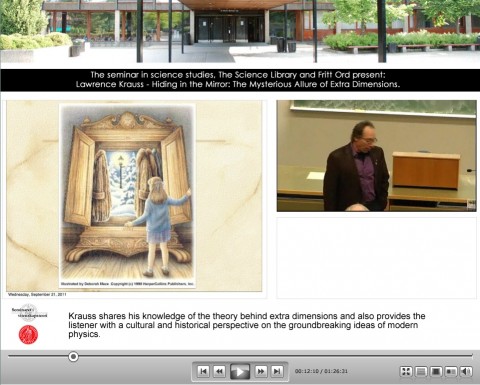Brilliant but unmotivated, Stephen Hawking was a 21-year-old PhD student at Cambridge when he first noticed something was wrong. He was falling down a lot, and dropping things. He went into the hospital for tests, and learned he had amyotrophic lateral sclerosis, or ALS. The doctors told him he would gradually lose control of every muscle in his body.
“My dreams at that time were rather disturbed,” Hawking said. “Before my condition had been diagnosed, I had been very bored with life. There had not seemed to be anything worth doing. But shortly after I came out of hospital, I dreamt that I was going to be executed. I suddenly realized that there were a lot of worthwhile things I could do if I were reprieved.”
The doctors gave the young man two and a half years to live. That was in early 1963. Over the next half century, Hawking defied all odds and went on to become one of the most celebrated scientists of the era, making major contributions to quantum cosmology and the understanding of black holes. Along the way, the wheelchair-bound Hawking became a cultural icon, a symbol of disembodied intellect and indomitable spirit.
This coming Sunday, 49 years after his grim diagnosis, Hawking will turn 70. A scientific conference in his honor got underway today at the University of Cambridge’s Centre for Theoretical Cosmology, and will culminate on Sunday with a public symposium, “The State of the Universe,” featuring some of the world’s greatest astronomers and physicists, including Martin Rees, Kip Thorne and Saul Perlmutter. You can watch live streaming video of the events at the official website.
To help celebrate, we present Errol Morris’s 1992 film of A Brief History of Time (above), Hawking’s bestselling book. Morris weaves biography in with the science, interviewing members of Hawking’s family–his mother, sister and aunt–along with friends and colleagues, including Roger Penrose, Dennis Sciama and John Archibald Wheeler.
A Brief History of Time was Morris’s first film as a director-for-hire (he was recruited by Steven Spielberg for Amblin Entertainment), which created some difficulties, but Morris was pleased with the outcome. He later said, “It’s actually one of the most beautiful films I ever shot.” The film won the Grand Jury Prize for Documentary Filmmaking and the Documentary Filmmaker’s Trophy at the Sundance Film Festival.
In 1992 Morris told the New York Times Magazine that A Brief History of Time was “less cerebral and more moving” than anything he had worked on before. “This feeling of time, of aging, of mortality combined with this search for the most basic and deep questions about the world around us and ourselves,” Morris said, “is pretty persuasive stuff.” Find it listed in our Free Movies Online collection, within the Documentary section.






